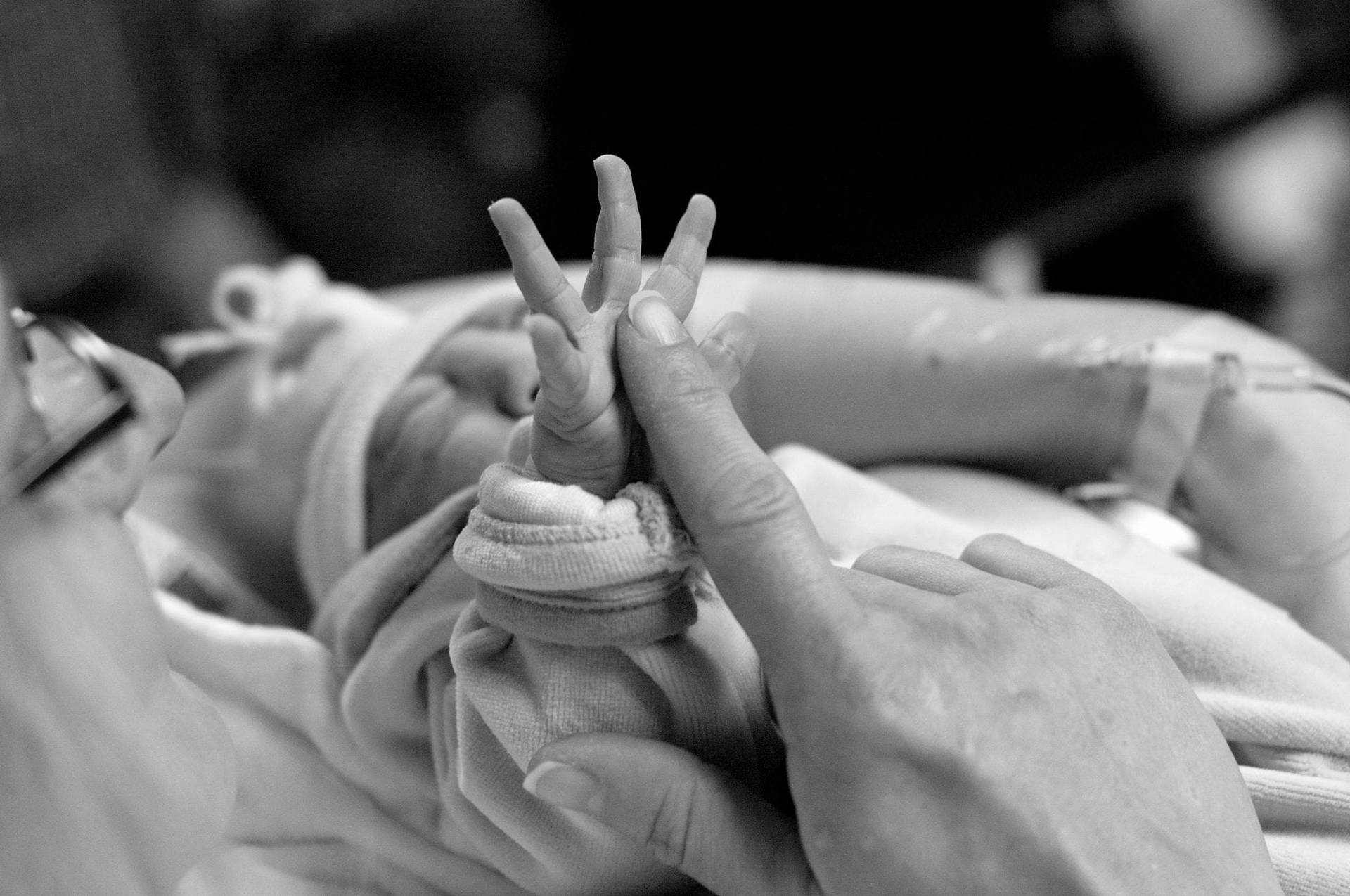“When it comes to fighting vampires and performing exorcisms, the Roman Catholic Church has the heavy artillery.”
That’s how Roger Ebert opened his review of the 1998 film, “John Carpenter’s Vampires”.
Ebert continued, “Your other religions are good for everyday theological tasks, like steering their members into heaven, but when the undead lunge up out of their graves, you want a priest on the case. As a product of Catholic schools, I take a certain pride in this pre-eminence.”
Of course, the association of Catholicism and uncanny evil cuts both ways: A priesthood that knows ancient secrets of dispatching the undead might understandably be suspected of harboring arcane secrets of conjuring them as well.
There’s no denying that Catholic culture and tradition has a creepy, macabre side. We have severed heads, hands, feet, fingers, and other body parts of honored saints housed in golden, bejeweled containers or caskets prominently displayed in important churches.
Sometimes saints’ bodies or body parts go on tour and visit other churches, as is happening now with St. Maria Goretti, whose body is in the midst of a US tour.
The famous Sedlec Ossuary in the Czech Republic, with its charnel house elaborately festooned with skulls and other human bones — most astonishingly the immense chandelier made entirely of bones, containing at least one of every type of bone in the human body — is just one of many such “bone chapels” and “bone churches” in Europe and elsewhere.
The dans macabre, or “dance of death,” was a genre of literary, visual, and dramatic arts depicting death personified, summoning human beings of every class and category — popes and emperors, merchants and robbers, men and women, old and young, rich and poor — to the world beyond in a procession of fleshy and skeletal figures.
The mythology of vampires and Catholic iconography is rooted in Bram Stoker’s 1897 novel “Dracula.” Stoker ascribes great power over vampires to the crucifix and the Eucharist, something that protagonist Jonathan Harker, being an Anglican, initially resists as idolatrous superstition, though Van Helsing, a Catholic, has no such qualms.
Alas, the first great vampire movie, F.W. Murnau’s 1922 silent masterpiece “Nosferatu” — an unauthorized, unofficial adaptation of “Dracula,” omits all this, along with virtually any and all religious content beyond a few vestigial references, such as Belial, the seven deadly sins, etc.
Here the Van Helsing character (the characters’ names are all changed in an ultimately unsuccessful bid to dodge copyright laws) is a man of science, but not of faith. Curiously, he is the least effective Van Helsing in the Dracula mythos, contributing nothing at all to the vampire’s defeat.
“Nosferatu the Vampyre,” Werner Herzog’s dreamlike 1979 remake of Murnau’s film, restores Stoker’s religious iconography (along with the characters’ names, Stoker’s book having passed into public domain).
Herzog’s Dracula, like Stoker’s, is repelled by the crucifix, and crumbs of the Eucharist, scattered over the earth of Dracula’s coffin or in a line on the floor, are an insuperable barrier to the vampire.
On the other hand, Herzog’s Van Helsing is once again a relatively impotent, even ridiculous, man of science rather than faith. He manages to contribute to Dracula’s destruction, only to be defeated by Dracula’s successor, Jonathan Harker, who, in the film’s haunting final shot, rides away in dark triumph to continue spreading the curse.
While the most familiar and iconic of all movie vampires is probably Bela Lugosi’s elegantly seductive count in the eponymous 1931 Universal film directed by Tod Browning, the most influential Dracula might be Christopher Lee, first seen in Terence Fisher’s 1958 “Dracula” (known in the US as “Horror of Dracula”), made for England’s Hammer Films.
It gave us the first depiction of the cross not merely as a repellant, but as a weapon of offensive power.
Lugosi’s Dracula is clearly crucifix-averse, but Fisher — a high-church Anglican whose films were infused with belief in the power of good over evil — gave to the world vampires whose undead flesh burst into flames at a cross’s touch. So powerful is the cross in Fisher’s film that Dracula can be driven into the sun’s rays by a pair of candlesticks held at right angles.
Fisher’s contributions to the cinematic vocabulary of Catholic iconography versus uncanny evil were not limited to vampire movies.
His best film, “The Devil Rides Out” (1968, known in the US as “The Devil’s Bride”), is a dark tale of black magic, devil worship, and satanic manifestations, based on the 1934 novel by Dennis Wheatley.
The film stars Lee in a rare heroic role as the Duke de Richleau, a masterful incarnation of the Van Helsing archetype — not as Stoker wrote him, but as subsequent adaptations have re-imagined him: an experienced veteran in the sacred war against the powers of hell.
The Duke’s arsenal against evil includes crosses, holy water, the Bible, Latin, sacred symbols, and fictionalized ritual. As with Fisher’s Dracula, the power of the sacred over uncanny evil is absolute: Holy water or crosses thrown at satanic apparitions banishes them instantly.
Five years later came a far more momentous Hollywood film about demons and exorcism, a film that changed everything: William Friedkin’s “The Exorcist” (1973), adapted by William Peter Blatty from his 1971 novel.
“The Exorcist” is a crucial film, a pivotal link from the Catholic-inflected piety of Golden Age Hollywood and the demonic world of latter-day horror. It is not the first cinematic depiction of demonic possession and exorcism, but it may be the first film to depict the power of religion over evil in a post-Christian cultural milieu.
Linda Blair plays Regan, the possessed child at the center of the drama. Her mother, divorced actress Chris O’Neill (Ellen Burstyn), is an agnostic who expresses an incredulous reaction when the topic of exorcism is broached: “You’re telling me that I should take my daughter to a witch doctor? Is that it?”
The suggestion, which comes from the director of a clinic that has failed to treat Regan’s symptoms, is couched in an interesting way: The clinic director admits that exorcisms have been known to “work,” by the force of suggestion, he says, deeming possession itself a psychosomatic or hysterical condition.
This rationalization opens the back door for Regan to be seen by a pair of Jesuit priests with secondary areas of expertise: Father Karras (Jason Miller), a psychiatrist as well as a priest who is struggling with his faith and sense of vocation, and Father Merrin (Max von Sydow), an archaeologist with experience with exorcisms.
“The Exorcist” wavers intriguingly between faith and doubt, with the priests finding as much reason to dismiss the possession as to accept it.
Regan seems to know that Karras’ mother is dead (and implies that she is in hell), but falls silent when Karras challenges the demon to give her maiden name. Regan is restrained, and the demon apparently can’t overcome the bonds — but then a nightstand drawer inexplicably pops open, a trick the demon can’t or won’t repeat, at least immediately. Regan writhes in apparent pain when Karras sprinkles her with what he says is holy water — but it’s plain tap water.
What’s happening here? Does the demon not know the difference between tap water and holy water? Does the placebo effect work on possessed people? Or is the demon perhaps deliberately casting doubt on the reality of the possession, the effectiveness of the Church’s arsenal, or both?
Religious dramas have sometimes struggled with the dramatic problem of divine omnipotence: How can dramatic conflict exist if the heroes literally have God on their side? If a crucifix is a bulletproof defense against Dracula, how do you still make him frightening?
“The Exorcist” discovers a counterintuitive flip side of this proposition: A satanic power that seems to have limitations, that can possibly be stumped or tricked, is, in a way, scarier than an unstoppable monster.
Perhaps it’s partly because it feels more real to the viewer: more like the world of our experience, in which the presence of God in the world and in our lives, and of angels and demons for that matter, is often more a matter of interpretation than of hard and fast criteria. The devil that might not be there is paradoxically more terrifying than the Devil with wings and horns, because the Devil with wings and horns we meet only in stories, whereas the devil that might not be there is also the devil that really might.
“The Exorcist” establishes a familiar pattern of inferring the presence of God and the power of religion from the evident power of evil. When Regan’s mother, Chris, turns to Karras, it’s obvious that, despite her agnosticism, her hopes are in the less quantifiable side of his background: “Not a psychiatrist! She needs a priest!”
Chris hasn’t interpreted her daughter’s condition as possession because of religious ideas; she became open to religious ideas because of her daughter’s condition.
Likewise, it is during the course of the exorcism process that Karras recovers his faith and sense of vocation, though ambiguities remain to the end, which can be seen, particularly in the original version, as a victory for God or for the devil.
Scenes added to the 2000 edition (“The version you’ve never seen”) tip the interpretation of the film in a positive direction.
Despite its sometimes-lurid Hollywood excess, “The Exorcist” is imbued with a genuinely religious spirit reflecting Blatty’s quest of faith and Friedkin’s humanistic curiosity. Subsequent exorcism-themed films, including sequels, have seldom matched the theological persuasiveness or artistic power of the original.
A few latter-day horror films have taken spiritual themes and a Catholic milieu seriously. Among these are Scott Derrickson’s “The Exorcism of Emily Rose” (2005) and “Deliver Us From Evil” (2014), as well as “The Rite” (2011) and “The Conjuring” (2013).
It’s a testament to the impact of “The Exorcist,” and perhaps a lingering awareness of spiritual hunger in our culture, that the genre remains vital more than 40 years later.


















